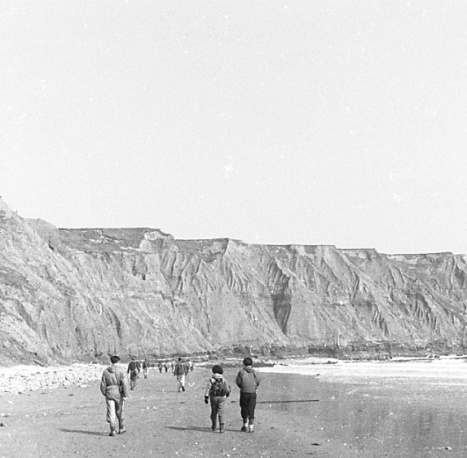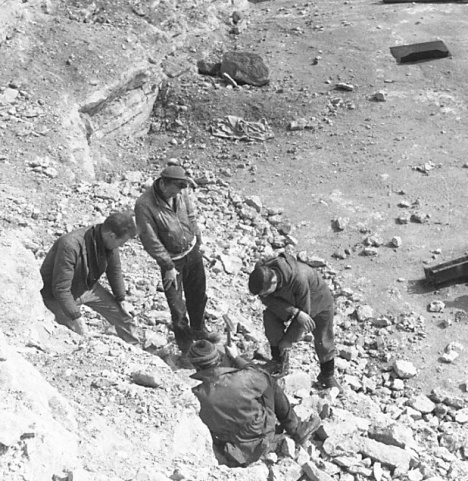Hi, my name is Anita and I’m a soon-to-be final year MEarthSci student at the University of Manchester. I have been interning in conservation and documentation under ‘Earth Sciences’ at The Manchester Museum for almost 2 weeks now.
 The focus of my time here is to work on the impressive selection of Ichthyosaur specimens (many of which have never been on display) and to identify them as accurately as possible.
The focus of my time here is to work on the impressive selection of Ichthyosaur specimens (many of which have never been on display) and to identify them as accurately as possible.
So far I have been; attending meetings, assisting in gem documentation, checking and updating Ichthyosaur records and preparing/conserving fossils for eventual use in ‘Nature’s Library’ (this process involves a review of the current condition of specimens including; checking for pyrite damage, cracks, general grime and removing it).
Most time however has been applied in research looking for papers describing Jurassic Ichthyosaur type specimens and methods to identify species using various parts of the anatomy. Finding the right papers has been the most challenging aspect so far: they are often written in various languages and can date back to the 1800s making it rather difficult to get our hands on them.
Everyday there is something that leaves me in awe and all of the staff are incredibly friendly and helpful, so I’ve really been enjoying myself!
Filed under: Collections development, Research | Tagged: geology, Ichthyosaur, Intern, Jurassic, manchester, Manchester University, Nature's Library, The Manchester Museum | Leave a comment »
 I was really excited to appear on CBBC Newsround last Friday.
I was really excited to appear on CBBC Newsround last Friday.

















